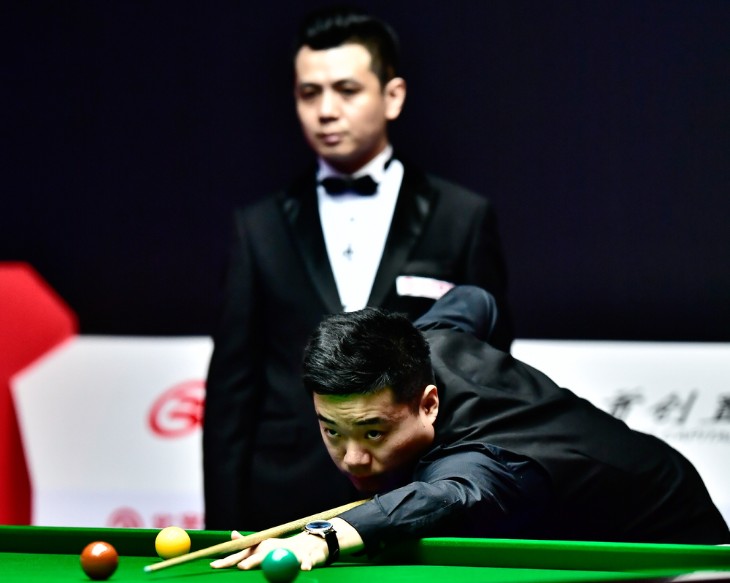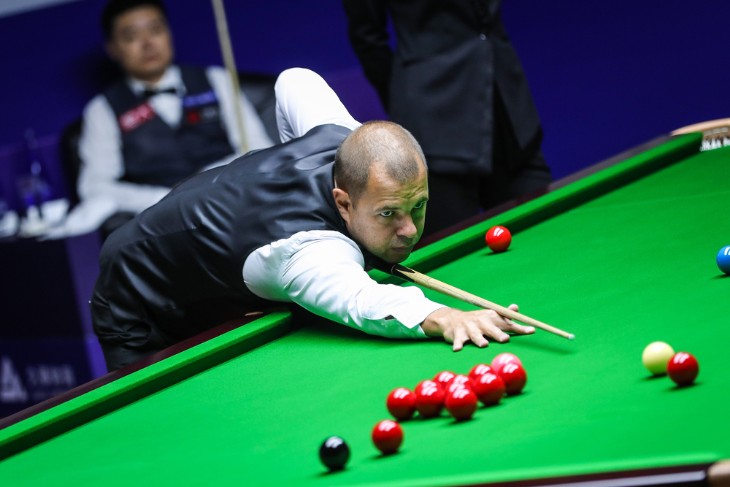- History of Snooker
- Basic Overview of Snooker
- Objective of the Game
- Players and Matches
- The Balls
- Breaking Off
- Taking Turns
- Scoring in Snooker
- Fouls and Penalties
- End of a Frame
- Snooker Strategies
- Referees and Their Role
- Advanced Rules and Situations
- Tournaments and Championships
- Betting on Snooker: An Overview
- Conclusion
As a snooker enthusiast and someone deeply involved in the world of snooker betting, I've come to appreciate the intricate beauty of this fascinating sport. Snooker, especially in the UK, is not just a game; it's an art form, a strategic battle that requires more than just skill with a cue. Understanding the rules of snooker is crucial, whether you're a casual fan or a serious bettor. In this comprehensive guide, I'll walk you through everything you need to know about snooker rules, from its rich history to the nuances of betting on the game.
History of Snooker
The Origins and Evolution of the Game: Snooker's journey began in the late 19th century, born from a blend of billiards and life in the British Army. Its evolution from a pastime to a professional sport is a tale of tradition and innovation. This transition saw the standardization of rules and equipment, shaping the game we know today.
A Reflection of British Culture: Snooker's roots in British history are undeniable. It reflects the precision, discipline, and strategic depth characteristic of British sports. Understanding its history gives us a deeper appreciation of the game's cultural significance.
Basic Overview of Snooker
The Snooker Table, More Than Just a Green Surface: A standard snooker table measures 12 feet by 6 feet, with distinct markings and pockets. Each element, from the "D" at the head of the table to the baulk line, has a purpose, influencing the game's strategy.
Essential Equipment: Snooker requires specific cues and a set of 22 balls: 15 reds, six colors, and a cue ball. The choice of equipment can be a personal affair for many players, often reflecting their playing style.
Objective of the Game
The Ultimate Goal In snooker, the aim is simple yet challenging: score more points than your opponent. This objective drives every shot, every strategic choice, and every frame.
The Scoring System: A Delicate Dance of Reds and Colors Scoring in snooker is a rhythmic alternation between potting red balls (worth 1 point each) and colored balls (worth 2 to 7 points). This sequence is the heartbeat of the game, dictating the flow of play.

Players and Matches
Two Players, One Winner: Snooker is typically a two-player game, though it can also be played in doubles. Each player takes turns, with the game's flow changing hands based on successful pots or mistakes.
Match Formats: From Quick Frames to Epic Battles Professional snooker matches vary in length, from best-of-7 frames in shorter formats to the marathon best-of-35 frames in the World Championship final. This variety adds a layer of strategic depth to the sport.
The Balls
Colors and Points: A Palette of Opportunities Each ball in snooker has its own point value and strategic importance. The red balls act as the gatekeepers to the higher-value colors, creating a strategic puzzle for players to solve.
The Cue Ball: The Center of Everything The white cue ball is the player's tool to interact with the game. Its position and motion are crucial, making cue ball control a fundamental skill in snooker.
Breaking Off
Starting with Strategy: The break-off shot sets the tone for the frame. It's a delicate balance between offense and defense, with the player aiming to make it difficult for the opponent to score.
Initial Setup: A Standard Beginning The red balls are set in a triangle at the table's foot, and the break-off involves hitting the cue ball from the baulk line towards the reds. This opening move is steeped in ritual and strategy.
Taking Turns
A Game of Alternating Opportunities: Players alternate turns in snooker. A turn continues as long as the player keeps potting legally. A missed pot, a foul, or a tactical safety shot can shift the turn to the opponent.
The Flow of the Game: This back-and-forth structure makes snooker a dialogue between players. Each shot is a statement, a question, or a challenge, contributing to an ongoing strategic conversation.
Scoring in Snooker
Building the Score: Points in snooker accumulate through successful pots. Each pot of a red ball opens the door to pot a colored ball, which is then returned to its spot until all reds are cleared.
Maximizing Opportunities: The key to scoring high in snooker is stringing together long breaks, where players pot many balls in succession. This requires skill, precision, and tactical foresight.
Fouls and Penalties
Mistakes Can Be Costly: Fouls in snooker, such as potting the cue ball or hitting the wrong ball first, result in penalty points awarded to the opponent. These moments can significantly alter the game's balance.
Navigating the Rules: Understanding the various fouls and their consequences is essential for players and spectators alike. It adds a layer of tactical depth, where avoiding mistakes is as crucial as potting balls.
End of a Frame
Concluding the Battle: A frame ends when all balls have been potted, or when a player concedes if they're too many points behind with insufficient points remaining on the table. Each frame is a self-contained story within the larger narrative of the match.
Declaring the Victor: The player with the most points at the end of a frame is the winner of that frame. The match's winner is determined by who wins the predetermined number of frames.
Snooker Strategies
A Game of Chess on a Green Table: Snooker strategies range from aggressive potting to defensive play. Players must decide when to attack and when to play safe, constantly adjusting their approach based on the game's state.
Safety Plays and Snookers: Strategic safety shots are designed to make it difficult for the opponent to score, often by snookering them - leaving them in a position where they cannot directly hit a required ball.

Referees and Their Role
Upholding the Rules: The snooker referee is the guardian of the game's integrity, ensuring that the rules are followed and making crucial decisions. Their role is pivotal in maintaining the sport's spirit and fairness.
More Than Just Rule-Enforcers: Referees also manage the game flow, replace the colored balls, and assist in resolving disputes. Their presence is integral to the professional structure of the sport.
Advanced Rules and Situations
Beyond the Basics: Advanced rules, like the free ball and miss rule, add complexity to the game. These situations often arise from fouls and can dramatically change the frame's outcome.
Rare Scenarios: Understanding situations like a re-spotted black or a foul and a miss can be crucial, especially in closely contested frames. These rules add an extra layer of excitement and unpredictability to the game.
Tournaments and Championships
The Pinnacle of Professional Play: Snooker tournaments, from the iconic World Championship to the Masters and the UK Championship, showcase the highest level of skill and strategy. These events are where legends are made and history is written.
A Test of Rules and Skill: In these tournaments, the rules of snooker are applied with the utmost rigor, emphasizing the importance of understanding and adhering to them, both for players and fans.
Betting on Snooker: An Overview
An Exciting Dimension to the Game: Betting on snooker adds an extra layer of excitement for fans. Understanding the rules and the nuances of the game can significantly enhance betting strategies and enjoyment.
Making Informed Decisions: Knowing the players, their styles, and how they match up under different rules and formats can give bettors an edge. It's not just about who wins; it's about understanding the how and why.
Conclusion
Key Takeaways: Understanding the rules of snooker is essential for anyone looking to fully appreciate the game or engage in snooker betting. The game's complexity and strategic depth make it a fascinating spectacle and a challenging sport.
A Final Thought: As the legendary snooker player Steve Davis once said, "Snooker is chess with balls." This quote beautifully encapsulates the strategic depth and intellectual challenge that make snooker such a captivating sport. Whether you're watching a tense frame unfold or placing a bet on a potential champion, a deep understanding of the rules will enrich your experience. So, dive in, learn the game, and enjoy the rich tapestry that is snooker.
For more information:




.webp)






